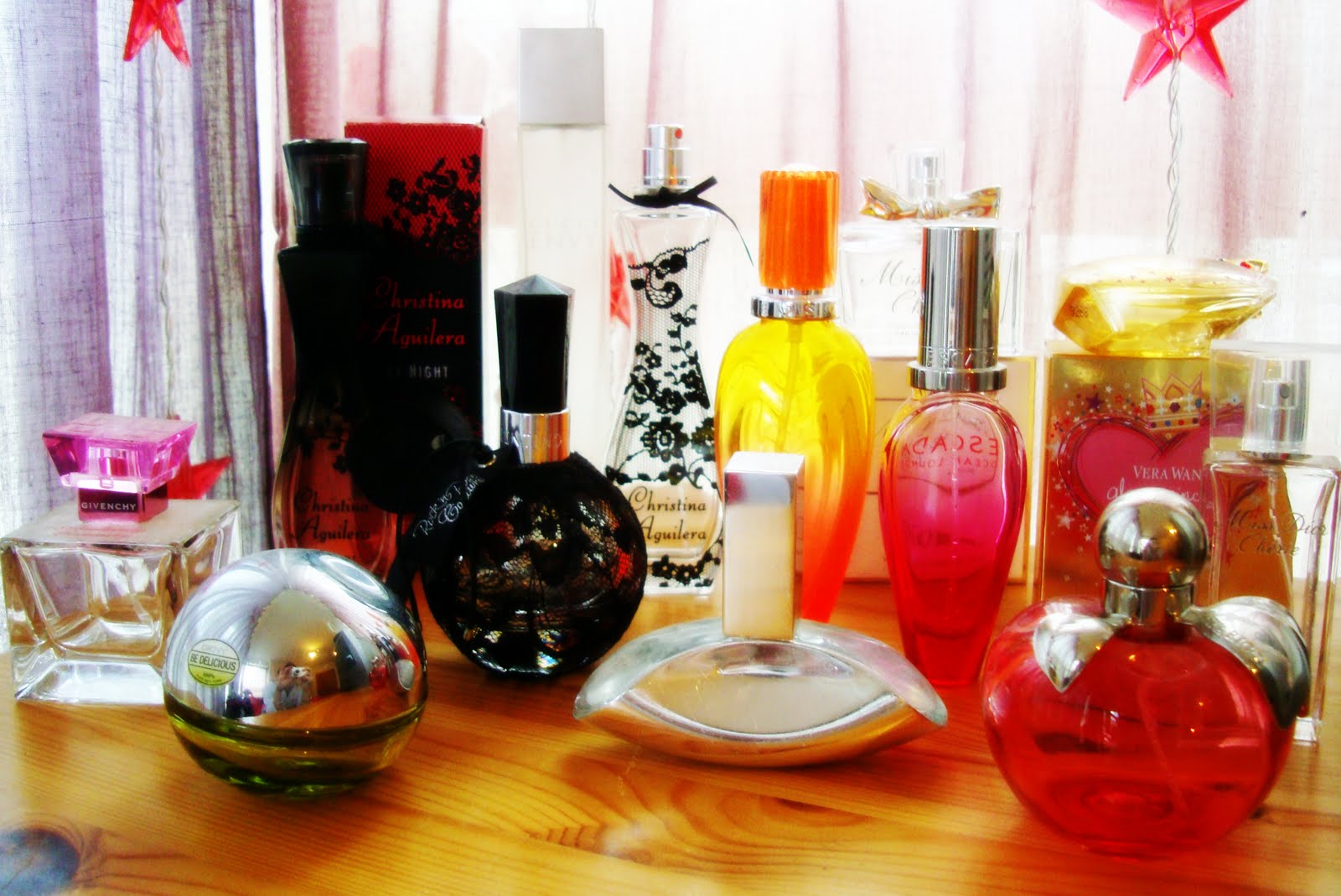1) The name Perfume comes from the Latin word “per fume” which means “through smoke”- this makes sense as the earliest perfumes were incense based, and were made from spices and herbs such as coriander and frankincense.
Visit The Perfume Lab To Create Your Own Perfume Now!
2) The earliest modern style of perfume (made by blending essential oils with an alcohol solution) was created in 1310 for Queen Elizabeth of Hungary. This fragrance, known as “Hungary Water” was a blend of rosemary, thyme, and verbena essence in brandy, and variations can still be purchased today by traditional perfumers. Originally it was used as tonic water as well as a perfume, and physicians prescribed it to gargle with for all sorts of ailments!
3) There are many aromatic sources available in nature, and all parts of plants are used in the quest for new and exciting scents. There are fragrance oils made from: barks, blossoms, seeds, woods, fruits, leaves, resins, roots, lichens, and even microorganisms!
4) Perfumes can also contain animal ingredients, although nowadays many of these are created synthetically for ethical reasons. Some of these animal “fragrances” include honeycomb, civet, musk, castoreum, and ambergris (whale vomit!).
5) Ambergris really is whale vomit! It’s a waxy grey substance regurgitated by Sperm Whales which often washes up on beaches. Real ambergris is still used by some of the more expensive perfume houses, but most high street perfumes contain a synthetic substitute. Aged ambergris has a sweet, earthy scent, and has a wonderful mellowing and enhancing effect on other fragrances.
6) Nowadays many modern perfumes are made from synthetic fragrance oils. This allows for many different fragrance combinations not found in nature- for instance, “Calone” is a synthetic compound which imparts an ozonous/marine scent; and fragrance compounds have been extracted from unlikely substances such as petroleum, which smells pretty awful on its own!
Synthetic fragrance can create a more consistent effect than natural oils, although many people still like the idea of a “real”, non synthetic fragrance.
7) The two most commonly used flower essences in modern perfumery are Rose and Jasmine; which are staples in commercial perfumers’ palettes. Actually, these two scents are so lovely I think most of us could probably have guessed this!
8) An “Eau de Cologne” is a milder, watered down perfume typically with concentrations of between 2- 5% essential oils to base. The style originated in Cologne, Germany, and was used by both men and women, although nowadays it is marketed more towards men.
9) Grasse in Provence, France is considered to be the birthplace, and the capital, of modern perfumery. It started out as a leather and tanning capital in the 13th century, providing perfumed gloves when they became highly fashionable. Eventually the leather glove trend faded, but the perfume was still very much in demand…
Grasse is an ideal place for perfume making as it has the perfect microclimate for growing delicate flowers.
10) Perfume can make you feel better! Scientific studies have shown that there is a link between scents and our emotions- so putting on the right fragrance really can put you in a better mood. Wear some lavender if you want to relax, for example, or something citrusy if you need an instant energy boost.
Visit Design Your Own Perfume for more information







